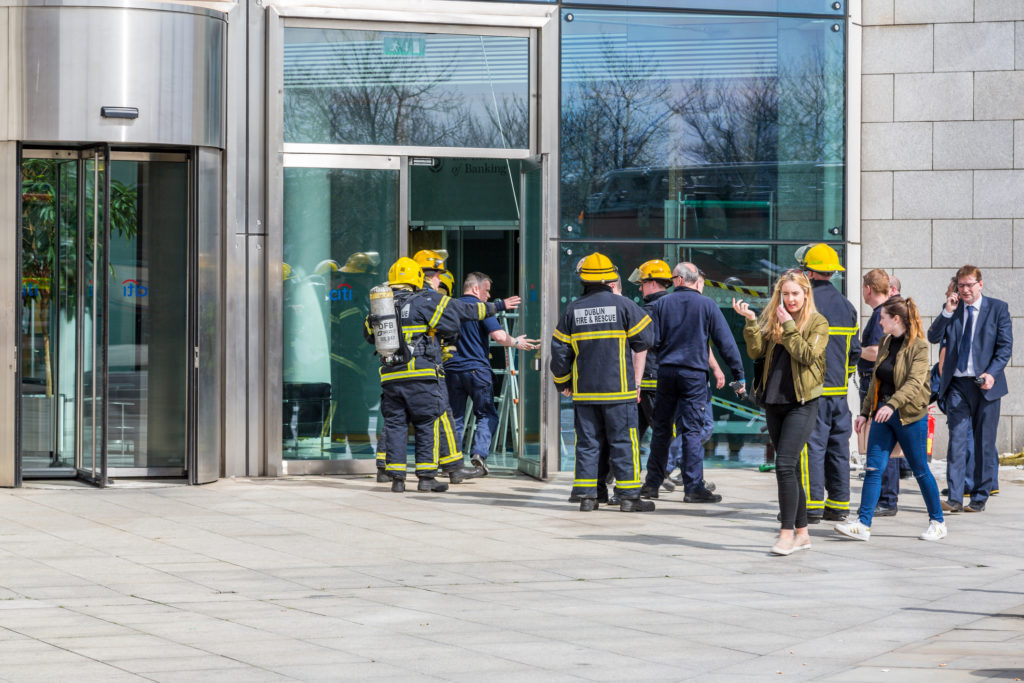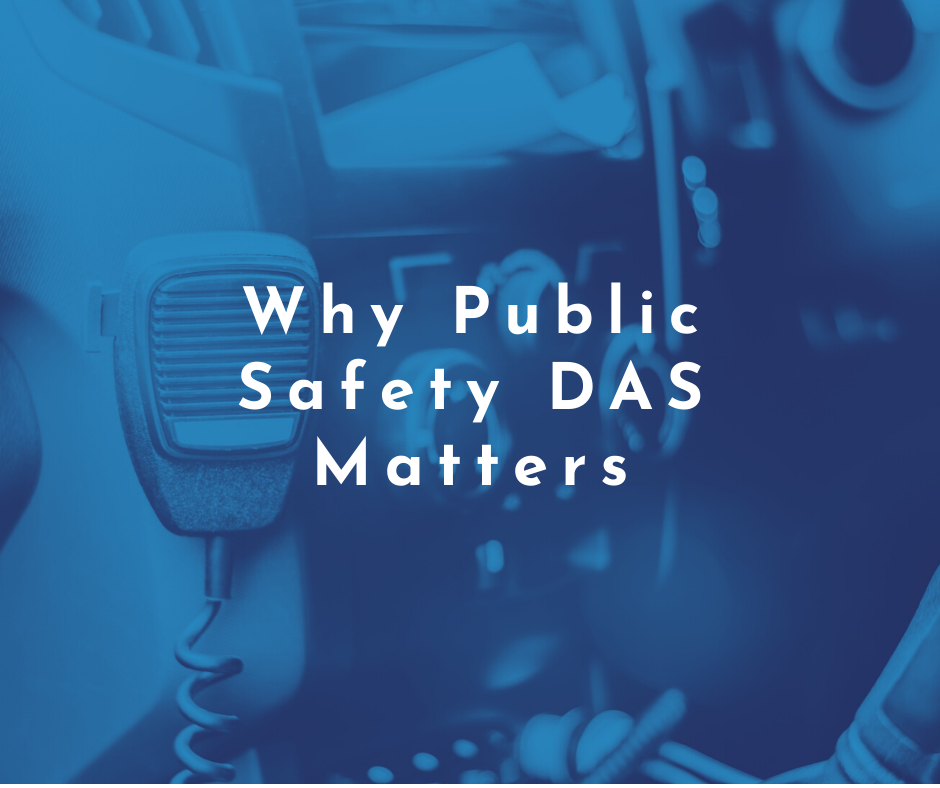December 28, 2019
A building owner has countless opportunities to express themselves through their property. From the plumbing to the decor, owners have a certain degree of flexibility when it comes to branding the structure and grounds. But there are certain elements of a building that simply aren’t up for debate, and public safety is one of them.
When people interact with different properties, they expect a certain number of precautions taken to keep them protected from harm. Buildings may be built to withstand everything from hurricanes to earthquakes. But considering the proliferation of mobile devices and wireless coverage, the expectations have expanded to include total coverage no matter where they are. Whether your building experiences a severe weather event or a single slip-and-fall in a basement, the first thing people will do is reach for their phones.
What You’ll Get from Installing a Public Safety DAS System
If you’ve heard multiple complaints about the coverage of your building, or if you’ve personally experienced dead zones, it may be time to take a harder look at your technology. Learn how public safety DAS can make a big difference in emergencies and why connectivity is a non-negotiable when it comes to securing your property.

Improved Connection in Your Building
A public safety distributed antenna system (DAS) is essentially a way to provide coverage everywhere on the property. From the perimeter edge of the grounds to the basement of the building, people need to be able to contact emergency services. If a maintenance worker needs to get in touch with a fire command center, they need to be able to get ahold of someone immediately to mitigate the damage of the flames.
Safety-distributed antenna systems serve as a signal booster for the existing carrier signals of the property. Once the dead zones are identified, the installer will determine which type of network is best for the space. For some buildings, it’s as simple as placing small antennas around the grounds connected to coaxial cables and splitters. For others, they may need to run fiber optics to convert the signal and ensure the radio frequencies reach all parts of the property.
How Does Public Safety DAS Work?
DAS may rely solely on antennas for coverage, or it may use fiber optic cabling to convert the signal. Regardless of the solution you choose, DAS will make it possible for people to get in contact with emergency responders no matter where they happen to be. This technology can be used in the bottom levels of your parking structure and in fortified stairwells alike.

Safety Codes
DAS can help property owners meet the safety codes for their area. These codes are often ignored or overlooked compared to the more immediate matters of operating a building. And the truth is that these codes are rarely enforced, especially if you don’t have a high-profile building. But it’s difficult to conceal the connectivity issues of a building in the middle of a crisis. If you want your emergency communications to work, think about your coverage before a disaster.
The codes regarding public safety have been relatively slow to keep pace with the rapid changes in technology. However, updated language clarifies the expectations of building owners when it comes to coverage. Primarily, these codes are designed to ensure emergency responders can be reached during an event. These regulations also address responders’ ability to use their own devices once they reach the scene.
For example, the International Code Council (ICC) and the National Fire Protection Association (NFPA) both write safety codes to protect people from the perils of fire. The ICC has issued the International Fire Code (IFC), a competing version of codes to that issued by the NFPA. These codes can vary based on the height of the building, the number of tenants, and where the property is located. It’s up to the building owner to understand their responsibilities and to ensure their building is up to code.
No matter which authority having jurisdiction, NFPA and IFC, building owners need to consider how their public safety communications match up with the standards of the day. If there isn’t enough coverage, owners could be held responsible for the aftermath of an emergency. Regardless of the local code, DAS can satisfy the requirements by giving everyone on your property the opportunity to reach responders with the help of their devices. And even if you don’t strictly need DAS, it’s a great way to go above and beyond for your tenants and guests.
Is DAS Right for You?

Not every building owner should use DAS to improve their connectivity. If the signal you receive in your building isn’t strong enough, you won’t necessarily benefit from a repeater DAS. So, if your property is in a relatively remote area, you will likely need a different connectivity solution such as active DAS.
Similarly, repeater DAS isn’t recommended for those who struggle with high traffic. So, if your network only fails when it reaches maximum capacity, then repeater DAS may not fix this problem. Active DAS is most effective in large properties with multiple dead zones.
Installing Public Safety DAS Systems with the Help of Experts
If you want to learn about how to make your building safer, Connectivity Wireless can help. We can give you more information about the safety codes, and how you can satisfy each requirement. We can also help you decide what type of DAS is the right solution for you.
We offer several services to building owners, regardless of the size, location, and configuration of the property. Your building may benefit from distributed antenna systems, or it may be better off using small cells to increase your coverage. This solution is like DAS, but ultimately simpler (and more affordable). Or you may prefer a private LTE to ensure total security. Whatever your wireless technology needs, we’re here to help.
